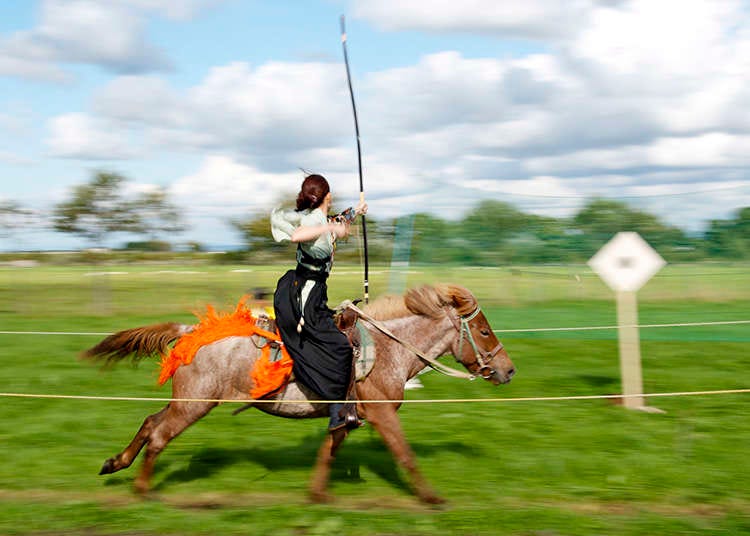Tactical Martial Arts
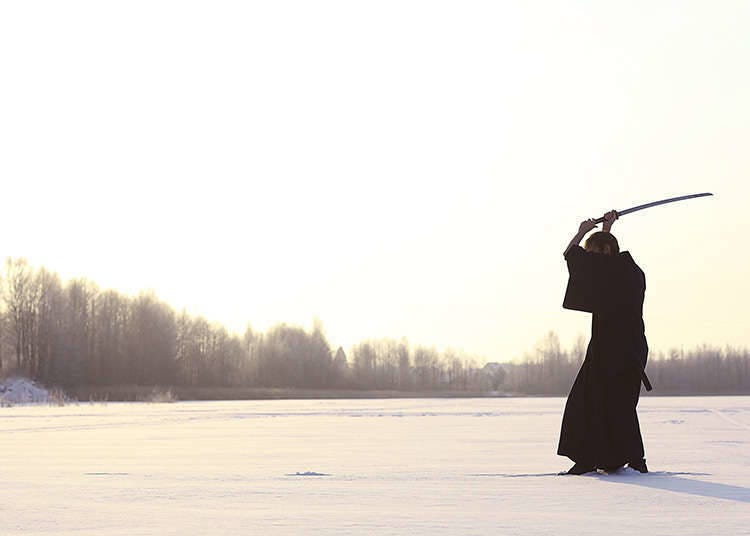
Descriptions of Japanese martial arts such as the double edged sword, the katana (traditional Japanese sword used by samurai), the spear, the bow and arrow and sumo appear in the oldest Japanese history book "Kojiki" (lit: Records of Ancient Matters). Around the 7th century, a public training system existed where martial arts, such as horse riding for soldiers, were practiced. Until the middle of the Kamakura era (1192-1333) most of the combat was done through one on one battles. However, when Japanese conventions proved ineffective against the attacks by the Mongol Empire that began around 1274, military tactics involving operating as a group became an essential martial art during battles. As the overseas trade flourished, firearms were taken into battle and "hojutsu" (lit: the art of gunnery) became a new type of martial arts. This was how martial arts spread over time and changing circumstances.
The Diversification of What Martial Arts Stands For
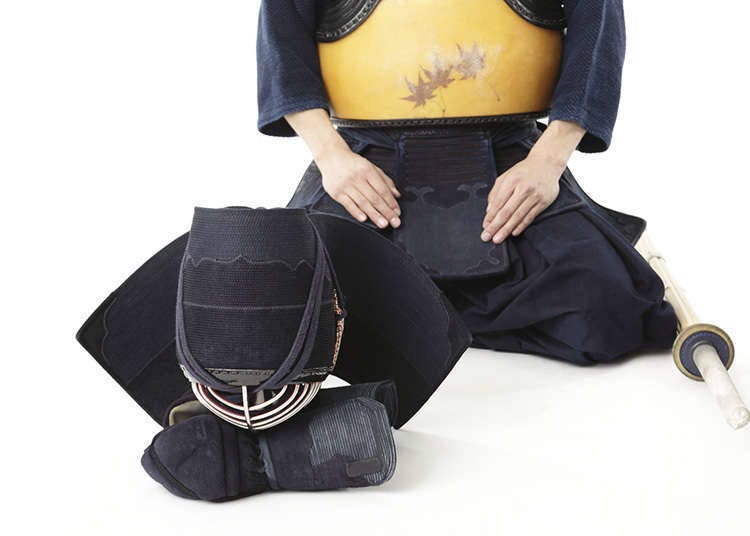
Entering Edo period, martial arts became required not only for its practicality in actual battles, but also to serve the purpose: "master the way, and train the mind". As various schools were established, martial arts became considered as "etiquette," and it was compulsory even for samurai who did not go into battle to enter a martial arts dojo (institute where martial arts are practiced).
Kobujutsu: The Basics of Martial Arts
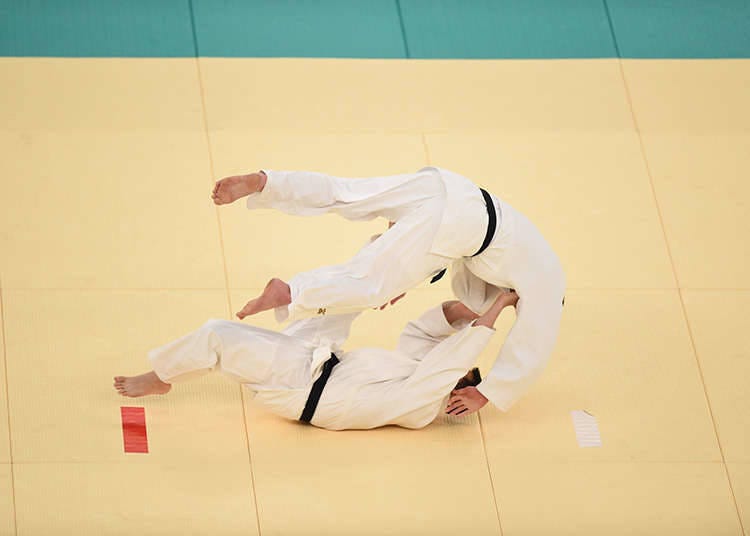
Martial arts and combatives that existed prior to 1868, (the point from which Japan proceeded its modernization), is called kobujustu (ancient martial arts). The basis of all martial arts come from kobujutsu. It varies from fencing, archery and jujutsu (the art of softness or flexibility), to suijutsu (the art of water) for swimming and shinobijutsu (the art of stealth), shurikenjutsu (the art of concealed throwing knives), etc. for ninja. In the process of development of martial arts, kenjutsu has become kendo (the way of the sword), archery to kyudo (the way of the bow) and jujutsu to judo (the way of softness of flexibility). Upon entering the modern period, it started to spread not only inside Japan but also globally and aside from being combatives, the Japanese martial arts came to be largely known as sports.
Martial Arts with Religious Implications
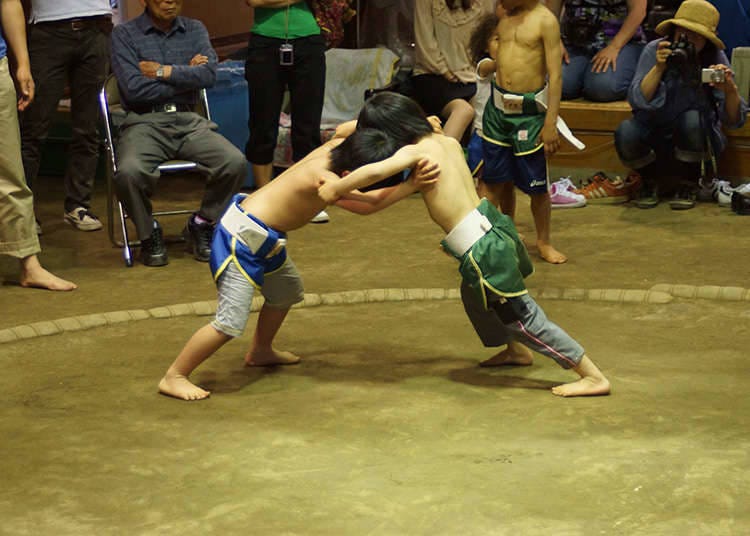
Other than being combatives and mental training, martial arts may also serve as a part of Shinto rituals. In the Japanese religion Shinto (literally meaning “the way of the gods”), offerings are made to the gods through martial arts. One of the martial arts based on shinto, is sumo, which means “to strike.” In Japanese mythology, there is a depiction of gods grabbing each other’s arms and throwing each other, which is said to be the origin of sumo. Yabusame (horseback archery), where an archer shoots arrows while horseback riding, also takes place at a Shinto shrine, where they make offerings to the gods.
The World-Renowned "Ninjutsu"
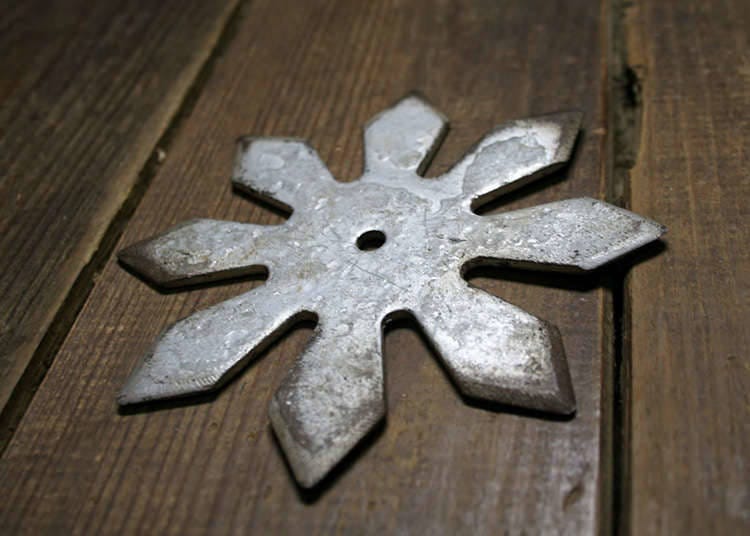
Ninjutsu, “the art of stealth”, is an intelligence assessment technique which has been practiced since around the Muromachi period (1338-1573). Ninja are globally recognized due to the influence of Japanese culture in movies, anime and manga, yet there are some features which are said to have been made up after the fact, such as the all-black costumes, and not showing themselves. Even now, there are ninjutsu schools and dojos like Tenshin Shoden Katori Shinto-ryu, Igaryu, and Koga-ryu, yet so-called "ninja schools" are not common in Japan.
Martial Arts in Present-Day Japan
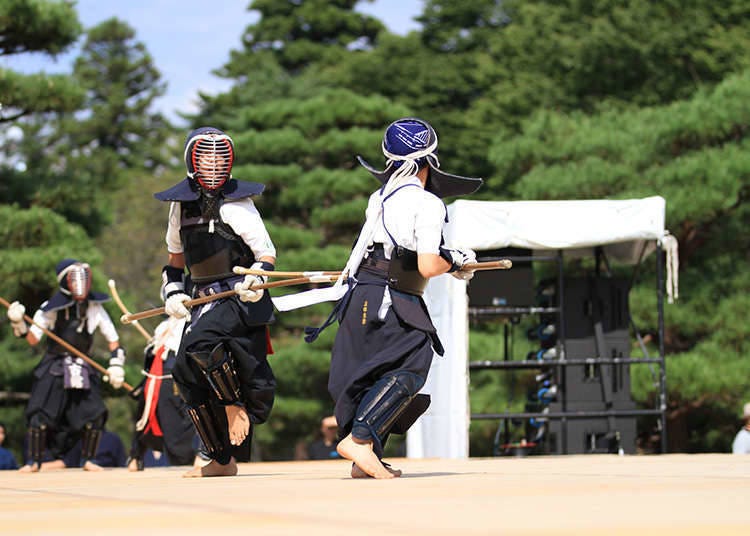
At elementary and middle schools of Japan, either sumo, judo, or kendo is designated as a compulsory subject taught during physical education class. Several organizations exist which serve the purpose to protect and preserve traditional kobujutsu such as the "Nippon Budokan" and the "Nihon Kobudo Association,", as well as the "Japanese Academy of Budo" where research on kobujutsu and modern martial arts is done.
- Category
*Prices and options mentioned are subject to change.
*Unless stated otherwise, all prices include tax.
Popular Tours & Activitiess
Recommended places for you
-
Goods
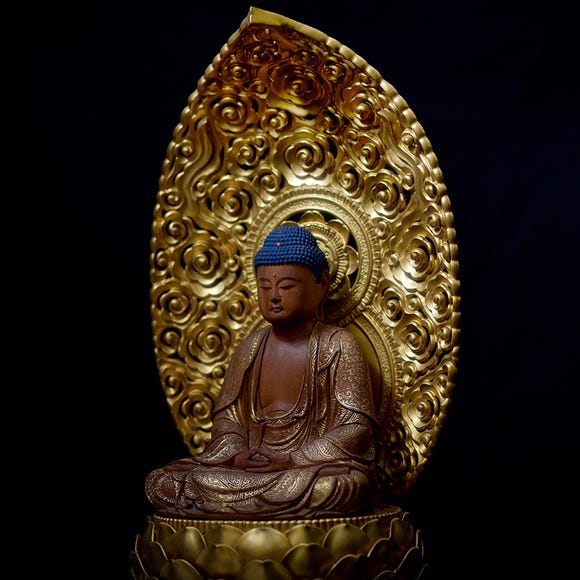
Yoshida Gennojo-Roho Kyoto Buddhist Altars
Gift Shops
Nijo Castle, Kyoto Imperial Palace
-

Kanzenkoshitsuyakinikutabehodai Gyugyu Paradise Sannomiya
Yakiniku
Kobe, Sannomiya, Kitano
-

ISHIDAYA Hanare
Yakiniku
Kobe, Sannomiya, Kitano
-

Jukuseiniku-to Namamottsuarera Nikubaru Italian Nikutaria Sannomiya
Izakaya
Kobe, Sannomiya, Kitano
-

Kambei Sannomiyahonten
Yakiniku
Kobe, Sannomiya, Kitano
-
Appealing

Rukku and Uohei
Izakaya
Sapporo / Chitose
-

The Best Japanese Food Representing 2025! 'Dish of the Year®' Annual Award Results Announced
-
Ad

Preserving the Beauty of World Heritage Site Shirakawa-go for the Future Through Responsible Travel
-

[Extended Offer!](12% OFF KKday Coupon) Mt. Fuji Autumn Leaves, Powder Snow & More! 15 Best Tours to Experience Japan in Fall & Winter
-

Tokyo City Pass Upgrade: Harry Potter Studio Tour & Top Sights up to 85% Off
by: Guest Contributor
-

New Seibu L00 Series Launching in 2026! What to See Along the Tokyo-Area Golden Route
by: Guest Contributor
-

Simply Oishii Wagashi School Discover Japanese Culture Through Wagashi: A Hands-On Experience!
by: Guest Contributor
-

Visiting Hokkaido Japan: 14 Things to Know Before Traveling to Japan's Wild North
-

20 Best Things to Do in Fukushima Prefecture (Sightseeing Attractions, Local Foods & Activities)
-

Best Outlet Malls Near Sendai: Shopping, Souvenirs, and Discounts
-

10 Must-Visit Places for Autumn Leaves in Tohoku: Naruko Gorge, Geibikei Gorge & More (2025)
by: Guest Contributor
-

Visiting Japan's Miffy Cafe Will Make Your Heart Melt (Photos)
-

Ippudo Osaka and More: These 5 Ramen Restaurants in Osaka Are Going Viral
by: WESTPLAN
- #best sushi japan
- #what to do in odaiba
- #what to bring to japan
- #new years in tokyo
- #best ramen japan
- #what to buy in ameyoko
- #japanese nail trends
- #things to do japan
- #onsen tattoo friendly tokyo
- #daiso
- #best coffee japan
- #best japanese soft drinks
- #best yakiniku japan
- #japanese fashion culture
- #japanese convenience store snacks













